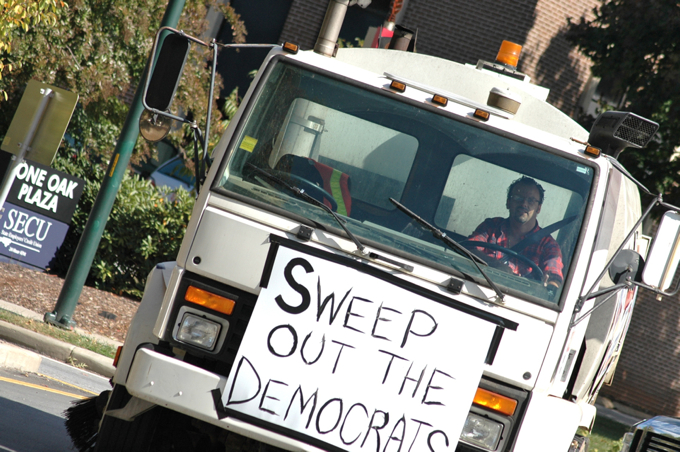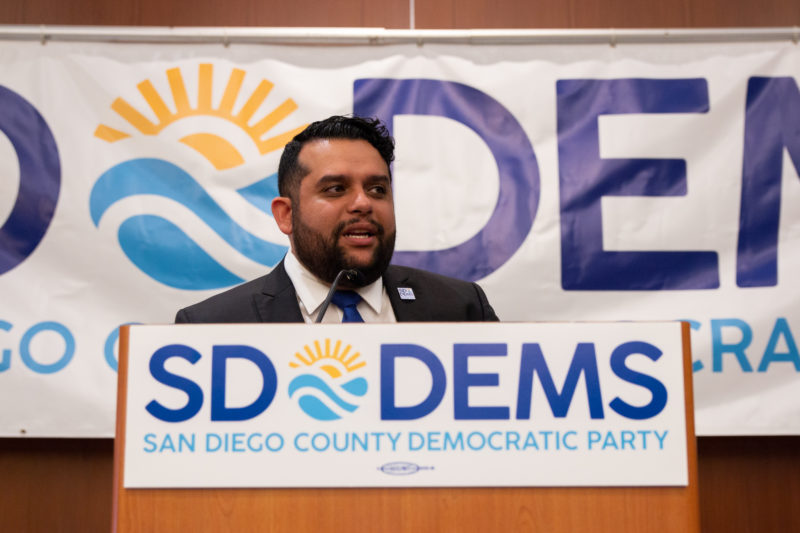 Image copyright Getty Images
Image copyright Getty ImagesA Holyrood by-election is to be held in Shetland on 29 August, after long-serving local MSP Tavish Scott resigned. The seat has long been a Lib Dem stronghold, but could there be an upset in the making?
Island fortress
In terms of Holyrood elections, Shetland has always been a Lib Dem seat. In fact it’s always been Tavish Scott’s seat – the former party leader is one of only five MSPs who have represented the same constituency throughout the lifetime of the parliament.
The seat is currently the safest in Scotland by percentage of the vote, with Mr Scott enjoying a 44.3% majority over his rivals. This wasn’t even his best performance – in 2007, he had a 50.1% majority, having won fully two-thirds of the votes cast.
Holyrood elections in Shetland
by percentage of the vote
Source: election results
The local Westminster seat – Orkney and Shetland – has been held by a Liberal MP of one sort or another for all but 15 of the past 150 years. A Scottish Unionist Party politician took the seat in 1935 and 1945, but otherwise it’s been solid Liberal territory since Frederick Dundas switched from the Whigs in 1859.
Alistair Carmichael had a wobble in the 2015 election, his majority dipping to 3.6% as the SNP surged across Scotland, but it was back up to 19.6% in 2017 despite his having faced an election court bid to unseat him in the intervening years.
So is this an unassailable stronghold for the Lib Dems, or is there some hope for their opponents?
Local matters
The argument advanced by other parties is that maybe Mr Scott has been buoyed by a “personal vote”, that people were effectively voting for the man, not the party.
There might be something in that when you consider that all but one of Shetland’s local councillors are independents – the islanders clearly value strong local voices over party politics.
And the only time anyone came remotely close to ousting Mr Scott was in 2011, when Billy Fox – an independent candidate who had campaigned prominently against a windfarm development – managed 30% of the vote.
There is context, of course – this was shortly after the Lib Dems had gone into coalition with the Conservatives at Westminster, a move which ultimately cost them 12 Holyrood seats and Mr Scott his job as the leader of the Scottish party.
Acknowledging the existence of his “personal vote”, Mr Scott told the Financial Times in 2016 that “if it’s Lib Dem versus SNP, I lose, but if it’s me versus [that year’s SNP candidate] Danus Skene, I win”.
In their bid to hold on to the seat, the Lib Dems have selected Beatrice Wishart, deputy leader of the local council, and someone strongly associated with Mr Scott having worked in his constituency office.
The SNP have put forward Tom Wills, who was born and raised on the islands, and Labour and the Conservatives have also stressed the deep local roots of their contenders.
The Scottish Greens are also fielding a candidate – the first time they’ve done so in any constituency in the Highlands or islands – as are UKIP. And four independents have thrown their hats into the ring, making for a wide field and potentially a splintered vote.
European impact
The most immediate election that other parties could look to for precedent is May’s European Parliament poll. The Lib Dems were still out in front, on 29.6% of the local vote, but the SNP weren’t far behind, on 25.4%.
You could argue that that was a fairly unique election – the Brexit Party were in third with 19.7% of the vote, but aren’t fielding a candidate for the by-election.
It also follows a pattern of people voting differently in European elections. Go back to the 2014 one, and the Lib Dems were on 34% – far less than they normally poll in the area. But at the Holyrood election two years later, their vote bounced back up to 67%.
Might people vote differently in a by-election, too, though? It’s debatable – there have been 10 Holyrood by-elections to date, and all but two have seen the seat held by the incumbent party.
Will Europe play some part in the race? As an issue it seems fairly inescapable right now, even with the Brexit Party absent.
The islands voted 56.5% Remain in the 2016 referendum. That’s below the Scottish average, and BBC analysis of local votes found that one area with particularly strong links to the fishing industry – Whalsay and South Unst – recorded a Leave vote of 81%.
In terms of the other constitutional issue of the day – Scottish independence – Shetland recorded the fourth-highest No vote in the country in the 2014 referendum, at just shy of 64%.
The Lib Dems have accused the SNP of “avoiding the word independence like the plague” in their campaigning, although Ms Sturgeon insisted on a campaign visit that “a vote for the SNP on 29 August is a vote to decide our own future”.
Who’ll be voting?
Some prisoners are to be given the right to vote in the by-election, in a Scottish first – which has also sparked a row at Holyrood.
The government has published legislation to change the electoral franchise in Scotland, giving the right to vote to all legal residents and any prisoners serving a sentence of under a year.
MSPs are yet to actually debate the bill, but ministers have decided to apply its provisions to this by-election anyway by passing a “remedial order”, saying they need to stay in line with European Court of Human Rights rulings.
This only affects a handful of people in Shetland, but it has prompted a political row – with opposition parties and Holyrood’s delegated powers committee raising concerns about the fact the move was taken without any debate or parliamentary scrutiny.
Who’s standing?
Ten candidates have put themselves forward for the by-election, double the previous record number of contenders for the constituency seat.
The full list, as they will appear on the ballot paper, is:
- Johan Adamson – Scottish Labour
- Brydon Goodlad – Scottish Conservative
- Stuart Martin – UKIP
- Debra Nicolson – Scottish Green
- Ian Scott – Independent
- Michael Stout – Independent
- Peter Tait – Independent
- Ryan Thomson – Independent
- Tom Wills – SNP
- Beatrice Wishart – Scottish Lib Dems


